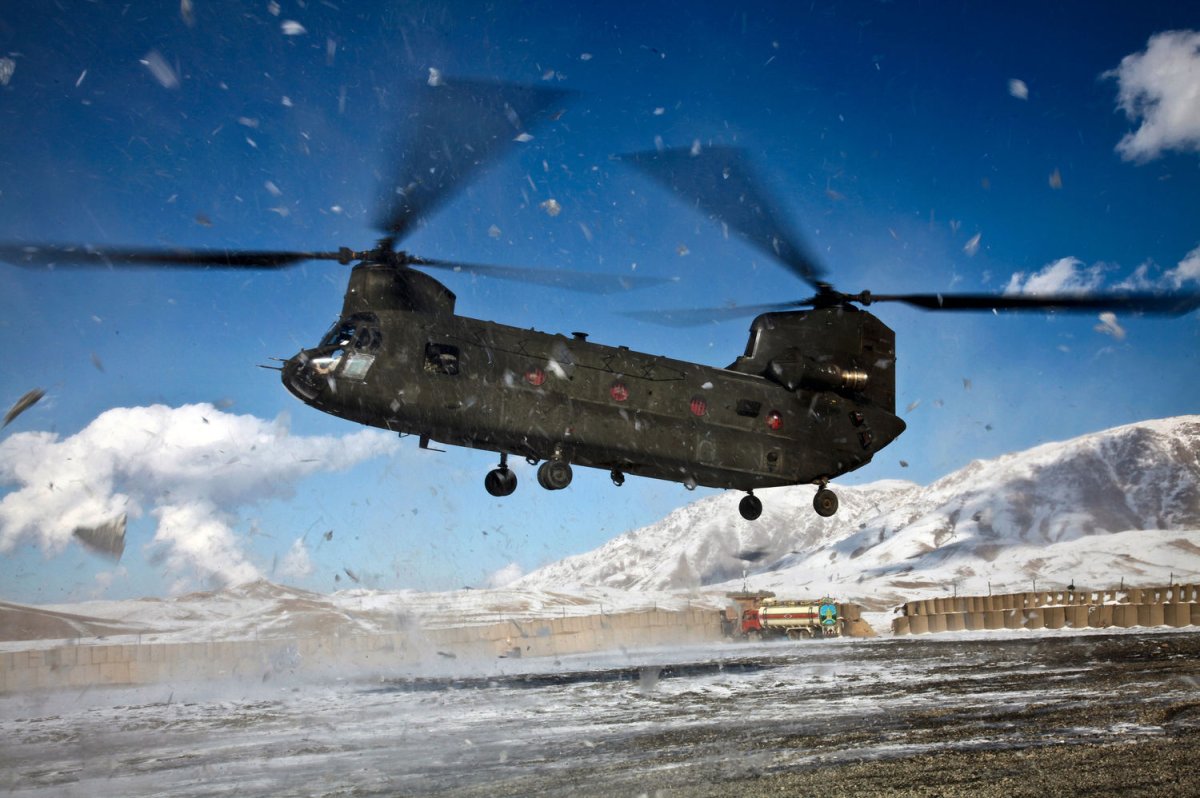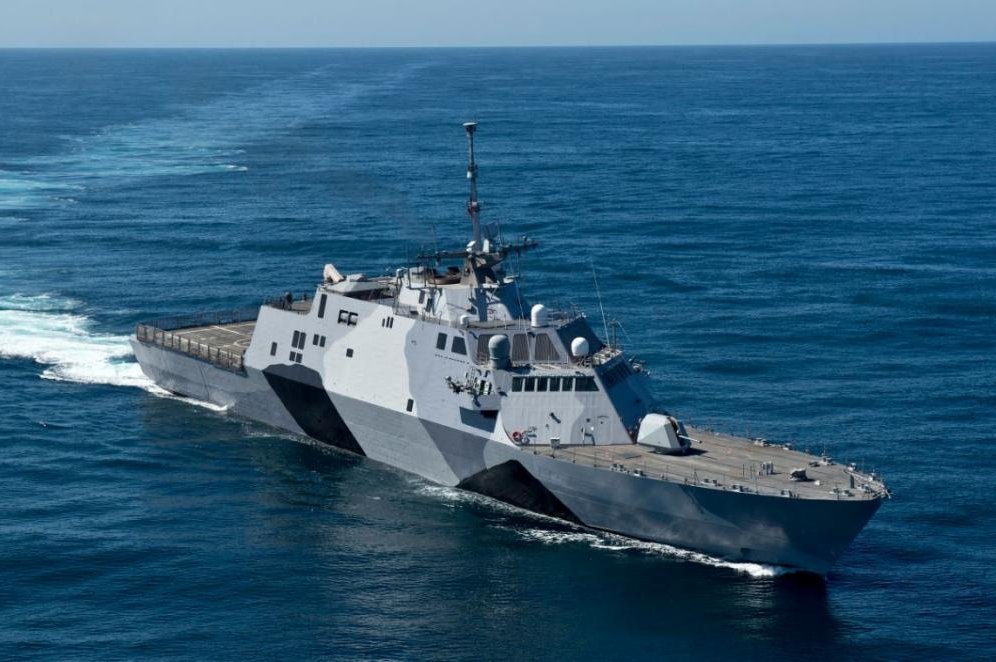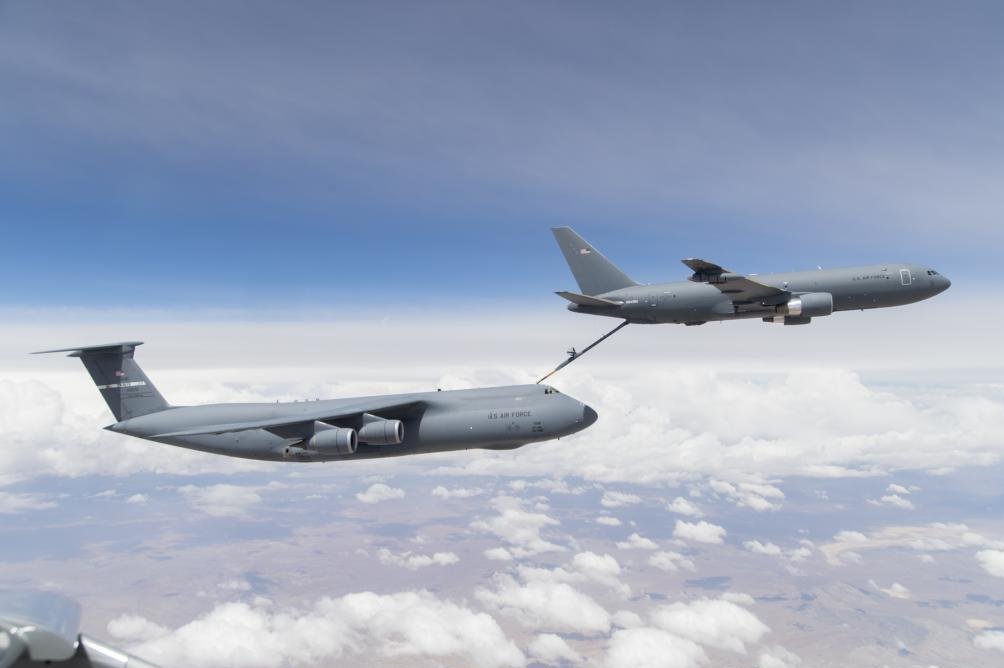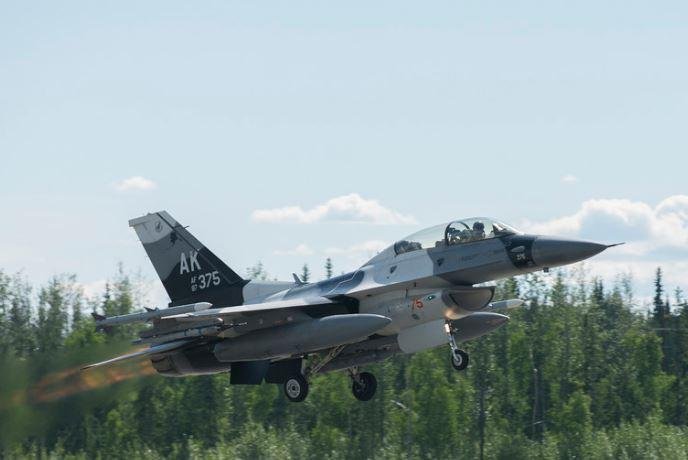Boeing awarded $30.7M for MH-47G components for U.S. special ops
By Ed Adamczyk
14 June 2019
The contract is the second issued in as many days for Chinook helicopters or parts for the U.S. Special Operations Command, and is said to be urgently needed to sustain operational demands.
View attachment 8047
Boeing Co. received a $30.7 million delivery order for MH-47G Chinook helicopter components, the Defense Department announced on Thursday.
Photo by Teddy Wade/U.S. Army | License Photo
June 14 (UPI) -- Boeing Co. received a $30.7 million order to build Chinook helicopter components for the U.S. Army Special Operations Command, the Defense Department announced.
The new delivery order comes after an announcement earlier this week of a $194.2 million contract to deliver six renew-build and one new-build MH-47G helicopters for the Command. The Pentagon cited an increased need for the aircraft in a statement.
"The order is required to sustain U.S. Special Operations Forces heavy assault, rotary wing aircraft and to mitigate the impact of the MH-47G aircraft availability," the Pentagon said.
Boeing has been contracted to supply eight additional special-use helicopters for the U.S. Army in the past year, bringing the Army's total to 69 special operations Chinook aircraft.
In July 2018, Boeing was awarded a $131.1 million contract for four additional Chinook special operations helicopters for the U.S. Army. That contract marked the start of a production run for the Block II Chinooks that is expected to last for about a decade, Boeing said.
"The MH-47G is the world's best, most reliable heavy-lift helicopter and will help Special Operations execute their difficult missions," Chuck Dabundo, Boeing MH-47 program manager, said in a statement on Thursday. "Nearly a quarter of the Special Ops fleet is now on contract for Block II, and we look forward to delivering this capability to them on schedule."
The delivery order announced Thursday for components and parts includes orders for the United Kingdom, supplying $10 million in funding to acquire long-lead components and parts for its own part of the MH-47G Block II program.
The majority of the work will be performed at Boeing facilities in Ridley Park, Pa. The U.S. Special Operations Command Headquarters in Tampa is the contracting agent.

 www.upi.com
www.upi.com
By Ed Adamczyk
14 June 2019
The contract is the second issued in as many days for Chinook helicopters or parts for the U.S. Special Operations Command, and is said to be urgently needed to sustain operational demands.
View attachment 8047
Boeing Co. received a $30.7 million delivery order for MH-47G Chinook helicopter components, the Defense Department announced on Thursday.
Photo by Teddy Wade/U.S. Army | License Photo
June 14 (UPI) -- Boeing Co. received a $30.7 million order to build Chinook helicopter components for the U.S. Army Special Operations Command, the Defense Department announced.
The new delivery order comes after an announcement earlier this week of a $194.2 million contract to deliver six renew-build and one new-build MH-47G helicopters for the Command. The Pentagon cited an increased need for the aircraft in a statement.
"The order is required to sustain U.S. Special Operations Forces heavy assault, rotary wing aircraft and to mitigate the impact of the MH-47G aircraft availability," the Pentagon said.
Boeing has been contracted to supply eight additional special-use helicopters for the U.S. Army in the past year, bringing the Army's total to 69 special operations Chinook aircraft.
In July 2018, Boeing was awarded a $131.1 million contract for four additional Chinook special operations helicopters for the U.S. Army. That contract marked the start of a production run for the Block II Chinooks that is expected to last for about a decade, Boeing said.
"The MH-47G is the world's best, most reliable heavy-lift helicopter and will help Special Operations execute their difficult missions," Chuck Dabundo, Boeing MH-47 program manager, said in a statement on Thursday. "Nearly a quarter of the Special Ops fleet is now on contract for Block II, and we look forward to delivering this capability to them on schedule."
The delivery order announced Thursday for components and parts includes orders for the United Kingdom, supplying $10 million in funding to acquire long-lead components and parts for its own part of the MH-47G Block II program.
The majority of the work will be performed at Boeing facilities in Ridley Park, Pa. The U.S. Special Operations Command Headquarters in Tampa is the contracting agent.

Boeing awarded $30.7M for MH-47G components for U.S. special ops - UPI.com
Boeing Co. received a $30.7 million order for Chinook helicopter components for the Army's Special Operations Command, the second contract in as many days meant to satisfy urgent needs to meet operational demands.








